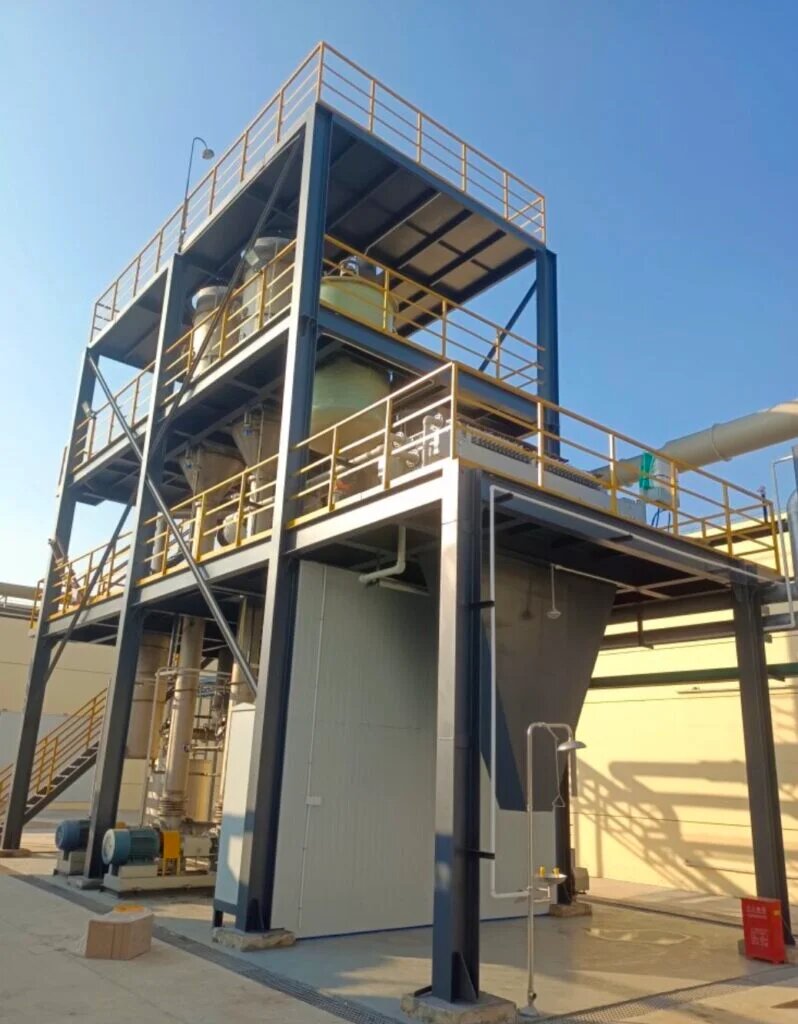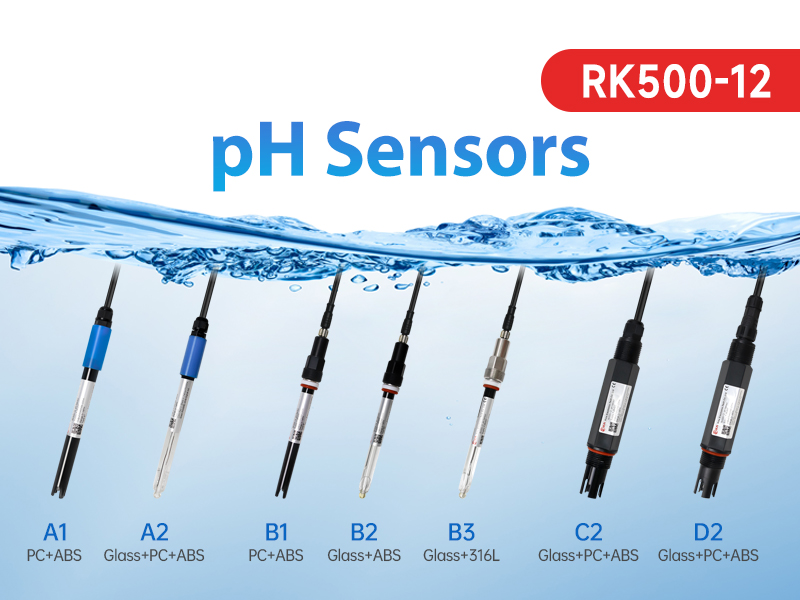Mechanical Vapor Recompression (MVR) evaporators are an advanced technology used in various industries to concentrate liquids by reducing water or other solvents through evaporation. These systems offer significant energy savings compared to traditional evaporation methods, making them highly efficient for applications in industries like chemical processing, food production, desalination, and wastewater treatment. This comprehensive guide explains how MVR evaporators work, their key components, and the benefits they provide in various industrial processes.
What is a Mechanical Vapor Recompression (MVR) Evaporator?
An MVR evaporator is a system that reuses the energy from the vapor produced during evaporation to further concentrate the liquid. Instead of discharging the vapor as waste, MVR technology compresses and recycles it, converting it into a heating source. This reduces the need for external energy sources like steam, making the process more energy-efficient and environmentally friendly.
Key Components of an MVR Evaporator
MVR evaporators consist of several critical components, each playing a specific role in the evaporation process. These include:
1. Evaporator Body
The evaporator body is where the liquid is heated, and the solvent (typically water) is evaporated. The body consists of heat exchange surfaces that allow the liquid to be concentrated.
2. Vapor Compressor
The vapor compressor is the heart of the MVR system. It compresses the vapor produced during evaporation, increasing its temperature and pressure. This compressed vapor is then used as the primary heating source for the evaporation process.
3. Heat Exchanger
The heat exchanger transfers the heat from the compressed vapor to the liquid, enabling the evaporation process to continue. It plays a crucial role in the energy-efficient operation of the system.
4. Condensers
Condensers are used to cool and condense any remaining vapor that isn’t recycled in the compression process. The condensate can often be reused or treated for disposal, depending on the application.
5. Pumps and Circulators
These components ensure that the liquid being concentrated is circulated through the evaporator and vapor compression systems.
How Does an MVR Evaporator Work?
The operation of an MVR evaporator can be broken down into several key steps:
1. Initial Heating
The process begins with the feed liquid entering the evaporator. It is heated, either using external energy sources (like steam) or by the recycled energy from compressed vapor.
2. Evaporation
As the liquid reaches its boiling point, the solvent (usually water) begins to evaporate. The evaporated vapor is separated from the remaining concentrated liquid.
3. Vapor Compression
Instead of discarding the vapor, it is fed into the vapor compressor. The compressor increases the pressure and temperature of the vapor, turning it into a heat source for the evaporator.
4. Heat Transfer
The compressed vapor is directed to the heat exchanger, where its heat is transferred to the feed liquid. This heat drives further evaporation, continuing the concentration process without the need for additional external energy.
5. Condensation and Recycling
After transferring its heat, the vapor cools and condenses. Some of this condensed vapor can be reused as process water, while the remaining liquid is discharged or treated as necessary.
Advantages of MVR Evaporators
MVR evaporators offer several significant benefits that make them a preferred choice for industries requiring large-scale liquid concentration:
1. Energy Efficiency
MVR evaporators recycle the energy from the vapor, drastically reducing the need for external heat sources. This can lead to energy savings of up to 90% compared to traditional evaporators, making them a cost-effective solution.
2. Reduced Environmental Impact
By reducing energy consumption, MVR evaporators lower greenhouse gas emissions and contribute to a smaller carbon footprint for industrial processes. Additionally, the ability to recycle water further enhances their sustainability.
3. Operational Cost Savings
Lower energy requirements translate into reduced operational costs. The energy savings over time can offset the initial investment in MVR technology, leading to long-term financial benefits.
4. Compact Design
MVR systems often require less space compared to other evaporation technologies. Their compact design makes them suitable for installations where space is limited, adding to their versatility.
5. Versatile Applications
MVR evaporators can be used in a variety of industries, from food and beverage production to pharmaceuticals, desalination, and chemical processing. They are especially effective in processes that require high levels of water recovery and concentration.
Common Applications of MVR Evaporators
MVR evaporators are widely used in industries where liquid concentration or solvent removal is critical. Common applications include:
- Food and Beverage Industry: Concentrating products like fruit juices, dairy, and sweeteners while maintaining product quality.
- Desalination: Removing salt from seawater to produce freshwater for drinking or industrial use.
- Wastewater Treatment: Reducing the volume of industrial wastewater, making disposal more manageable and cost-effective.
- Chemical Processing: Concentrating chemicals and solvents to increase efficiency in production processes.
Conclusion
Mechanical Vapor Recompression (MVR) evaporators are a highly efficient, energy-saving solution for industrial evaporation processes. By recycling the vapor produced during evaporation, MVR systems dramatically reduce the need for external energy and minimize environmental impact. Their versatility, operational cost savings, and compact design make them an ideal choice for industries requiring effective liquid concentration and solvent recovery. Understanding how MVR evaporators work can help businesses make informed decisions when optimizing their processes for efficiency and sustainability.




